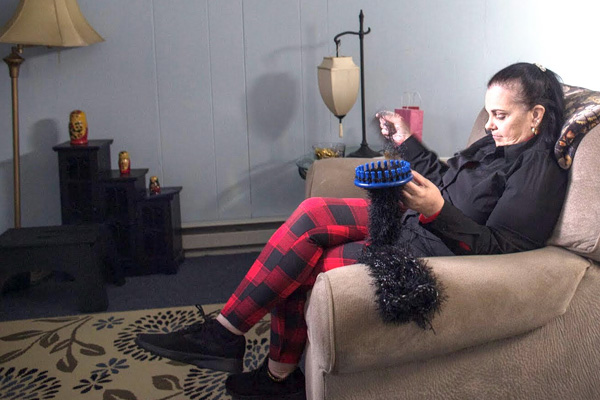STAY FREE: BE YOUR OWN COMPANION –
May 14, 2021- “Clients really did reach out to us,” Ms. White said. And that was even though it was up to her, Mr. Lecorchick and Mr. Bielskie to enforce consequences. Ms. White sent a client to detox a day after he admitted using heroin after a family member died from Covid. “If you did anything substance-abuse-related, we came in with a response.” In New Jersey, the response was always drug treatment, inpatient or outpatient.That has not always been the case with Swift, Certain and Fair. The blueprint for it was created in Hawaii. In 2004, a judge, Steven Alm, got fed up with probationers repeatedly returning to prison. His frustration found expression in a program he named HOPE Probation — Hawaii’s Opportunity Probation With Enforcement — whose goal was to mete out modest punishments to deter slip-ups, like an automatic day in jail for failing a drug test.HOPE Probation worked. In 2009, researchers found that probationers who took part were 55 percent less likely to be arrested in connection with a new crime, 72 percent less likely to use drugs and 53 percent less likely to have their probation revoked. Word spread, and grant proposals for what became known as Swift, Certain and Fair started circulating. They were premature. “The results in Hawaii triggered all this interest,” said Jonathan Kulick, the deputy director of research and programs at the Marron Institute and a co-director of the Swift Certain Fair Resource Center. “But people took the wrong lesson and said, ‘Whatever worked in Hawaii, we’ll do here.’”The one-size-fits-all attempts didn’t take into account the norms and needs of each region. “What’s a really good idea in some places is a terrible idea in others,” Dr. Hawken said. “You’ve got to make modifications based on what works for your culture.” An adaptation in South Dakota called 24/7 Sobriety that started in 2005 and required repeat D.U.I. offenders to show up for twice-daily breathalyzer tests worked, but one in Clackamas County, Ore., in 2012 didn’t. Corrections there were already built on a model that was not overly punitive, according to a 2017 U.S. Department of Justice report.



